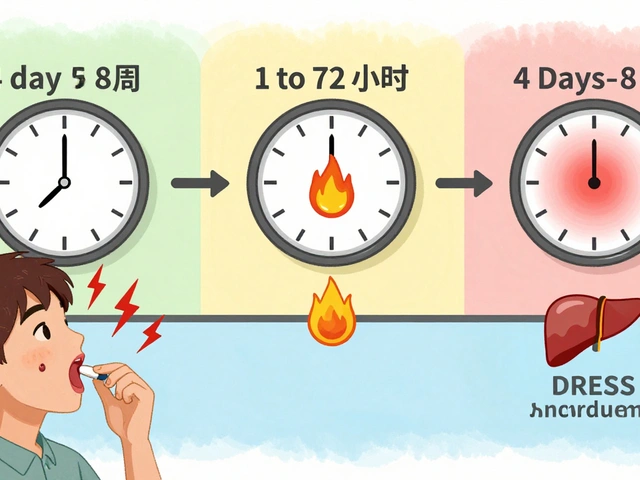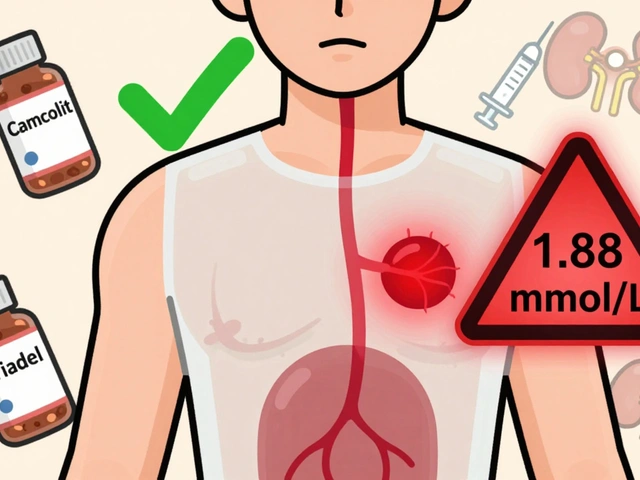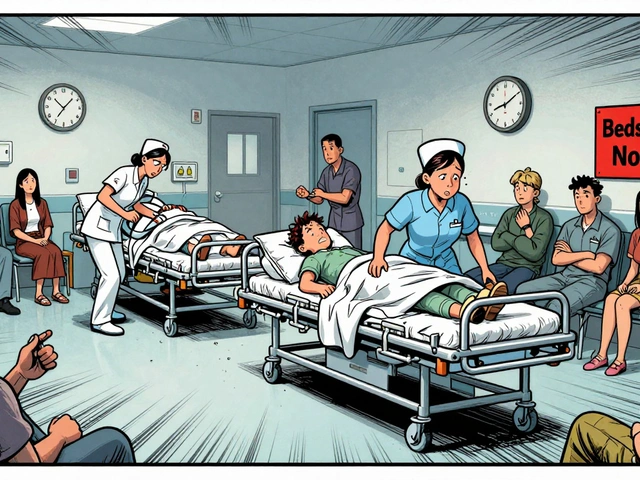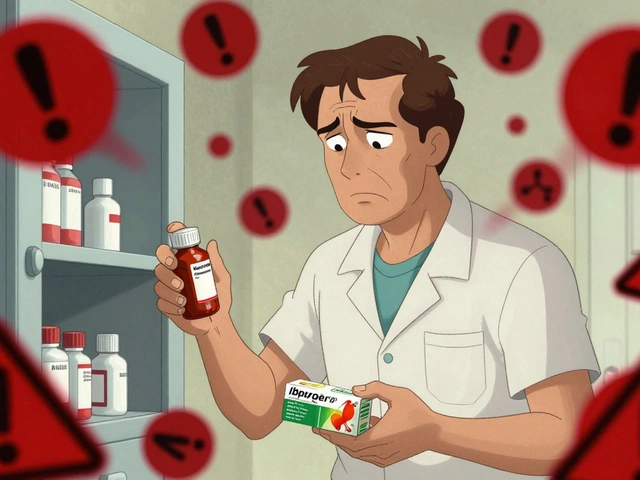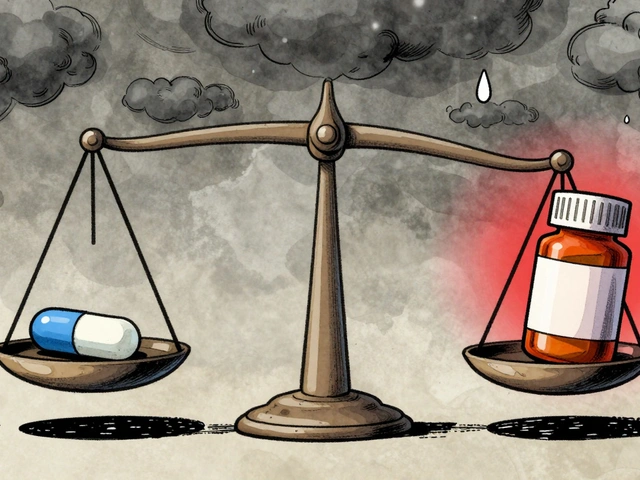Kidney Disease Symptoms: What Your Body Is Trying to Tell You
If you’ve ever felt unusually tired, noticed swelling, or had changes in your bathroom routine, your kidneys might be trying to send a signal. Recognizing these clues early can make a big difference in treatment success.
Common Early Symptoms
Fatigue and weak energy often show up first. Your kidneys filter waste, and when they slip, toxins build up, leaving you drained even after a full night’s sleep.
Swelling (edema) in the ankles, feet, or around the eyes is another red flag. Excess fluid sticks around because the kidneys can’t balance sodium and water properly.
Changes in urination are easy to miss. Look for foamy urine, blood‑tinged or darker urine, or a sudden need to pee more often, especially at night.
Persistent itching may seem unrelated, but it’s caused by waste buildup under the skin. If you’re scratching without a rash, think kidneys.
Back pain right below the ribs can mean a kidney infection or stone, which sometimes signals underlying disease.
When to Seek Medical Help
If you notice any of these signs for more than a week, schedule a check‑up. Early tests—blood pressure, serum creatinine, and urine analysis—can confirm if your kidneys are struggling.
Don’t wait for severe symptoms like shortness of breath or severe nausea. Those usually mean the disease has progressed far beyond the early stage.
Ask your doctor about risk factors too. Diabetes, high blood pressure, and a family history of kidney disease dramatically increase your chances of developing problems.
While waiting for an appointment, start simple habits: stay hydrated (but not over‑hydrated), limit salty foods, and keep blood pressure in check with diet and exercise.
Remember, kidney disease often sneaks up silently. Paying attention to these everyday signals can catch it before serious damage sets in.

Vomiting & Kidney Disease: Causes, Diagnosis, and Treatment Options
Learn why vomiting occurs in kidney disease, how to spot the warning signs, and what treatments-from medication to dialysis-can help manage this risky symptom.
View More
